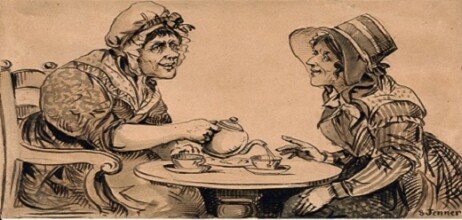Hunger and starvation occupy a pivotal position in the Irish collective memory, for reasons including the Famine and hunger strikes. However, outside of these times of unusual crisis, the prospect of starvation loomed for many people. In modern Irish history, hunger has too often been a normal, rather than exceptional, condition, one that has recently re-emerged during the current cost-of-living crisis.
The century after the Famine saw numerous crisis points during which food became sparse or expensive: the 19th-century economic depressions, First World War, Dublin Lockout, the 1930s’ Great Depression, for example. Hunger posed difficult questions. What were the cheapest foods available? Were they nutritious? Was nutrition important when struggling to physically survive? Was starving to death better than entering the workhouse? In the context of these awful, unanswerable questions, many families descended into a life of frugal diets, lacking in nutrition and typically consisting of tea and white bread. The dreaded ‘tea and white bread’ diet signalled an impending descent towards unthinkable levels of impoverishment and hunger, perhaps even death from starvation.

Published: 8 Dec 2022 Categories: History

